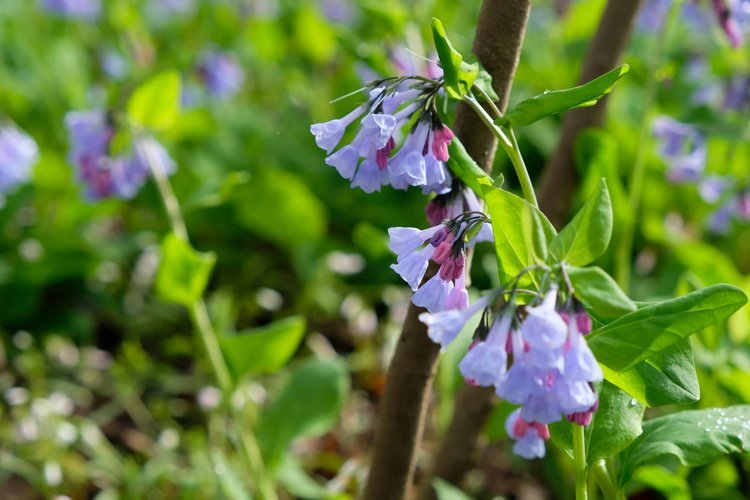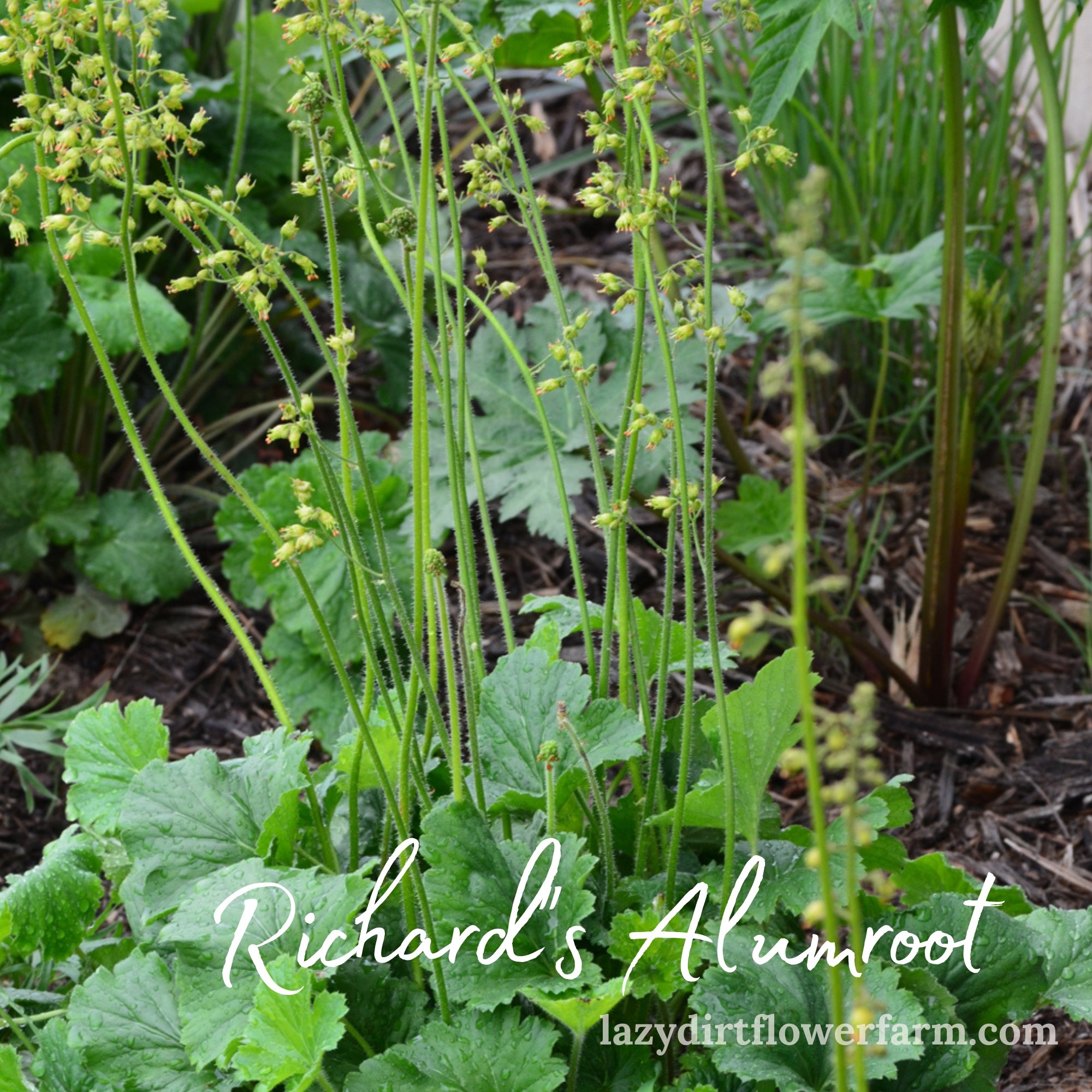Virginia Bluebells (Mertensia virginica)
Virginia Bluebells emerge during what I affectionately call ‘Mud Season’— just as the soils are warming but before the trees leaf out in mid-April to May.
In the wild, you’d find this lovely Spring ephemeral in woodlands basking in the Spring sunshine. But not for long!
Like our daffodil friends, after blooming Virginia Bluebells will enter dormancy until next Spring.
PLANT DEETS
2’ tall thriving under native trees and shrubs
Deer and rabbit resistant
Juglone tolerant (doesn’t mind Black Walnut trees)
Plant in mass to provide cover for wildlife in early Spring.
TIP: mark your plantings of Spring ephemerals so you don’t accidentally dig them up!
Virginia Bluebells emerge during what I affectionately call ‘Mud Season’— just as the soils are warming but before the trees leaf out in mid-April to May.
In the wild, you’d find this lovely Spring ephemeral in woodlands basking in the Spring sunshine. But not for long!
Like our daffodil friends, after blooming Virginia Bluebells will enter dormancy until next Spring.
PLANT DEETS
2’ tall thriving under native trees and shrubs
Deer and rabbit resistant
Juglone tolerant (doesn’t mind Black Walnut trees)
Plant in mass to provide cover for wildlife in early Spring.
TIP: mark your plantings of Spring ephemerals so you don’t accidentally dig them up!
Virginia Bluebells emerge during what I affectionately call ‘Mud Season’— just as the soils are warming but before the trees leaf out in mid-April to May.
In the wild, you’d find this lovely Spring ephemeral in woodlands basking in the Spring sunshine. But not for long!
Like our daffodil friends, after blooming Virginia Bluebells will enter dormancy until next Spring.
PLANT DEETS
2’ tall thriving under native trees and shrubs
Deer and rabbit resistant
Juglone tolerant (doesn’t mind Black Walnut trees)
Plant in mass to provide cover for wildlife in early Spring.
TIP: mark your plantings of Spring ephemerals so you don’t accidentally dig them up!
FUN PLANT FACT: The seeds of Virginia Bluebells are spread by ANTS! Called myrmecochory, seed dispersal by ants is a phenomenon found throughout the world! More than 11,000 plant species (4.5% of all plants) across multiple ecosystems are interdependent with insects~ a key factor in plant diversity.
**note on available ‘years’ due to the slow growth our Spring ephemerals are limited availability in 1 ‘size’ only.
For more information about native Spring ephemerals visit Cornell Botanical Gardens or the Finger Lakes Native Plant Society
To learn more about myrmecochory see, Krum, Howard. “Seed Dispersal: Sneaky Plants and Gullible Ants” Adirondack Almanack. 22 May, 2014









